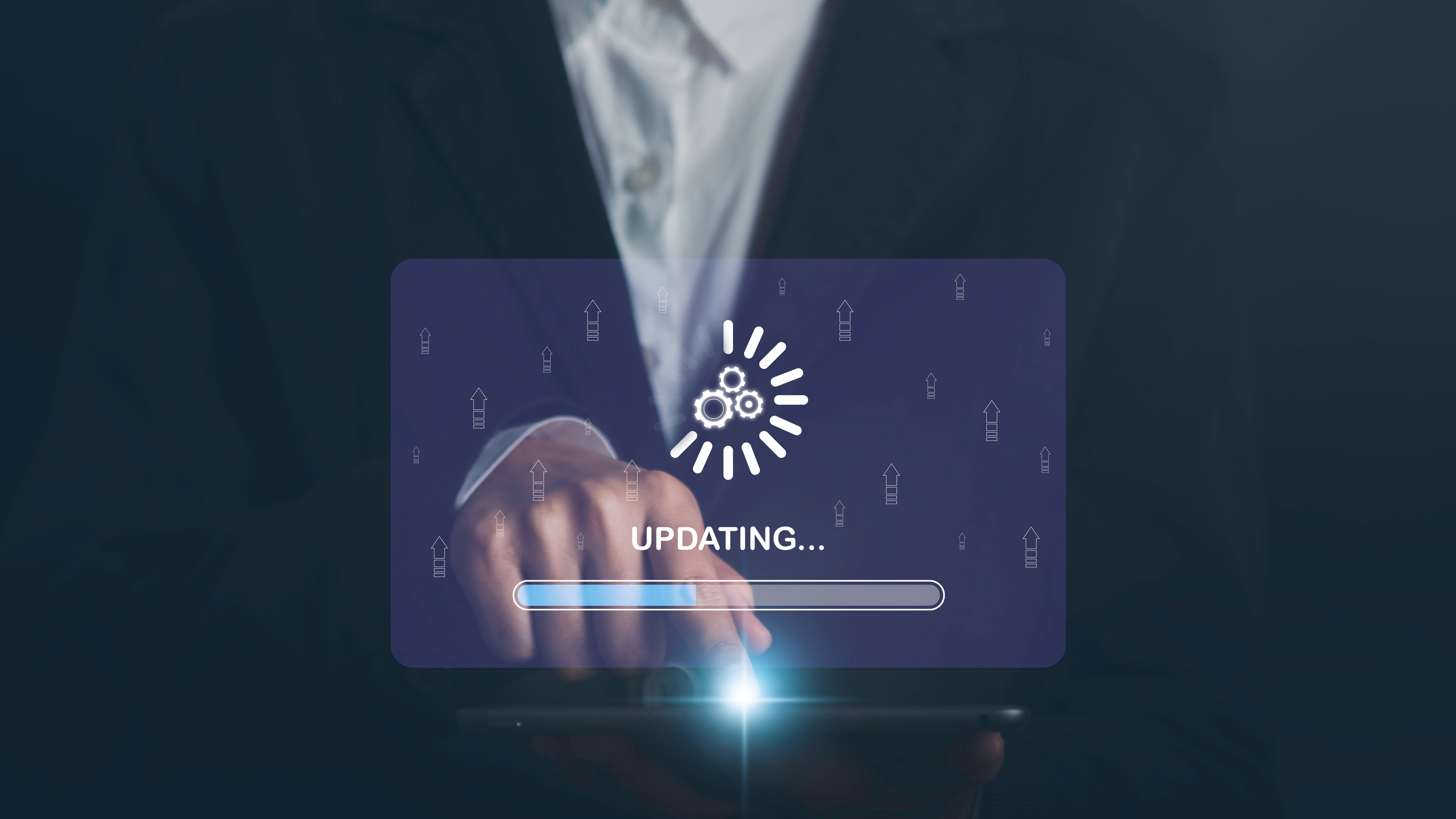App Modernization: What, How, When, and Why?
Read Time 8 mins | Written by: Sarah Grace Hays

What?
At one point or another, you have probably said, "This is so outdated." We've all done it, and as the world evolves, things we have become familiar with change. Our watches have a touch screen; we can talk to our TVs, and so on.
Modernization is essential, and technology is a prime example.
Technology is constantly changing, and people are always innovating. It's incredible, really, the capacity people have to address modern needs with new technology and software.
This constant evolution is why it is important to assess whether your software is up to date constantly. With new systems and resources being introduced every day, you must have a modernization strategy in place to remain competitive and fully address the needs of your users.
Application modernization focuses your energy and resources on proactive rather than reactive solutions.
There are a number of reasons why you need to modernize. As a general rule, you should have a modernization strategy. Still, for many companies, this strategy is born out of an immediate need to address a problem that outdated tech has caused.
Do you need to reduce your tech debt, enhance user experience, reduce maintenance costs, empower effective integrations, or improve security?
Legacy applications are often not compatible with contemporary technologies. This incompatibility causes integration issues, operational inefficiencies, and increased maintenance costs.
Outdated programming languages, frameworks, and architectures are often incompatible with newer technologies like AI, IoT, and Cloud. If you maintain that outdated tech, as other tools evolve, your application will become obsolete and replaced with something more efficient, competitive, agile, and secure.
Even if a problem has yet to reveal itself, your app will eventually be impacted without modernization.
How?
When you begin application modernization, you will engage in discovery and analysis. This is an essential step that will assess the current state of your app, from code architecture to security to performance.
This phase will also rely heavily on defining the goals of this modernization. It is a time for alignment and strategy, facilitating the design of a comprehensive plan to modernize your app.
When implementing an application modernization plan, it is important to prioritize change management. Without committing to proactive rather than reactive solutions, you will almost certainly have to reassess later.
Once you have analyzed your current system, the process of modernizing will begin. This process will truly look different for every person because every app will have unique areas to address.
However, many legacy systems face similar problems because of similar tech, so it is easy to draw from other modernizing experiences to find solutions that will work for each unique app.
The follow-up to the actual modernization is the maintenance of the aforementioned application. Implementing a team that can monitor and maintain your app is a crucial step in ensuring your modernization is effective in the long term.
An ongoing maintenance team will handle bug fixes, environment management, software updates, product enhancements, and new feature designs. This ongoing maintenance is proactively implemented. It is constant and attentive modernization, barring you from facing a complete overhaul if you update once and hope for the best.
When?
Now.
Whether you have a legacy system or not, it is vital to address modernization within your systems. When building a new app, prioritizing proactive solutions will empower your app to scale and grow as technology continues to evolve.
When working with a legacy system, the sooner, the better when assessing how your app will adapt to the fast-paced digital era.
Why?
Competitive edge: Modernization empowers organizations to leverage leading tools and technologies unavailable in legacy environments. It differentiates your applications and services within the market and allows you to respond swiftly to trends and customer needs.
Reduced security risk, threats, and incidents: Legacy systems can be prone to threats due to incompatibility with current security protocols. Modernization enables incorporating advanced security measures, ensuring compliance with the latest standards, and safeguarding your application from cyber threats.
Operational efficiency and productivity: Equipping your application with advanced tools and features allows you to optimize in a way that suits your business needs and simplifies operations. (For example, automating tedious, manual tasks saves time and energy.)
Customer satisfaction: Modernization emphasizes performance and usability, thus improving customers' experience with your application. Things will move faster and more efficiently, ensuring customers aren't faced with unnecessary roadblocks.
Cost reduction: Modernizing an application, plain and simple, helps you save money by implementing systems that work well together and are more cost-effective.
Wrap Up
You don't want your application to be overlooked as the tech space evolves. Innovation relies on evolution, and modernizing your application empowers you to take advantage of cutting-edge, unique technologies to make the best possible product.
Want to Learn How ConcertIDC Can Help Your Business?
Sarah Grace Hays
Marketing Director
